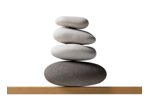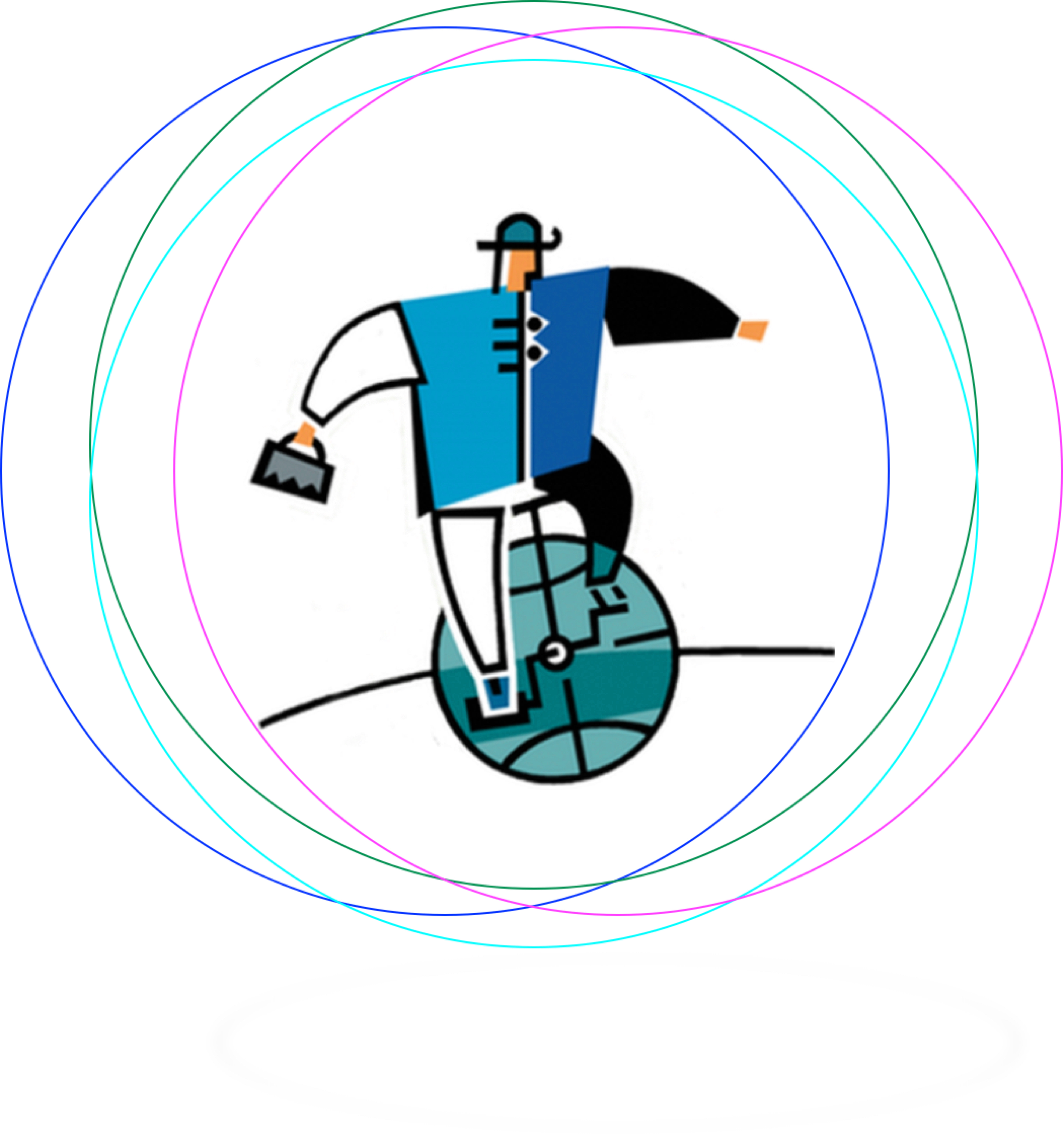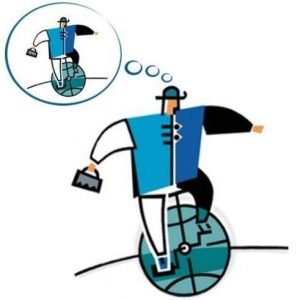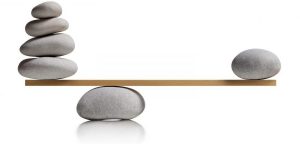Minding Your Balance

6-Week Class Notes - Week #1
Minding balance involves bringing awareness to the perceptual side of balance: Where am I in
space in relationship to gravity as I move through the world?

Multisensory Sense of Balance
- Vestibular (inner ear sense of motion)
- Visual
- Tactile
- Proprioceptive (muscle and joint info)
When Do Falls Happen?
Falls Study
- Incorrect Weigh Shift - 41%
- Trip or Stumble - 21%
- Hit or Bump - 11%
- Loss of Support - 11%
- Collapse - 11%
- Slip - 3%
- Unknown - 3%
Center of Mass Disturbances - Sitting Down, Standing Quietly, Walking Forward
Center: A Vantage Point
Center is a vantage point for perceiving the body as a whole (not a place to lock attention). That awareness helps establish a foundation for stable, coordinated action.


Mind Leads Movement
Attention and intention initiate movement. This occurs without notice in the course of ordinary actions such as reaching, turning to look, and stepping towards a goal. Observe how your weight automatically begins to shift in the direction of your attention when you reach for the coffee cup or step into the cross walk when the light turns green. While standing in line at the grocery store experiment with shifting attention from side-to-side and front to back: notice what happens to your balance.
Tools
Mind Body Techniques for Better Balance
- Center - place attention at your center of balance. Remember that center is a vantage point from which to act, not a place to lock attention.
- Focus - Visual focus and intent to act lead movement. From a centered posture extend visual focus and/or a felt sense of forward intention.
Keep In Mind
Attention, intention, and mental imagery are embedded components of movement control. Recognizing that mind leads movement opens the door to purposefully taking control for better balance and coordination.
Practice & Application
Explore Centered Movement
- Household activities - in the kitchen, working with tools, moving furniture or boxes, shoveling snow, vacuuming, et al
- Exercise & Sports - working with weights, stretching, yoga, tai chi, et al
- Walking anywhere!
- Challenges - slippery or uneven surfaces, poor lighting

Mind Body Balance Inventory
Homework!
- Make a note of when you tend to be stable on your feet, including when you feel "grounded" or you "stand tall" in personal situations.
- Make a note of when you tend to be unstable on your feet, including when you feel "on shaky ground" or "thrown" by personal challenges.
Become aware of the simple moments in life when you experience a personal sense of balance: tap your own experience to discover mental imagery that can trigger a balanced state - literally and figuratively.
More Resources
Check out the Balance Blog for more on applying the mind body techniques and on the science behind the balance/mind/emotion connection.